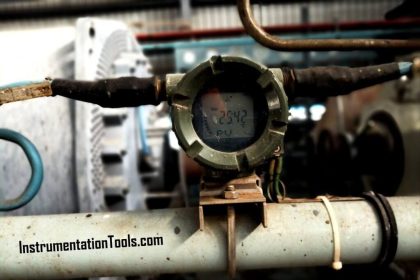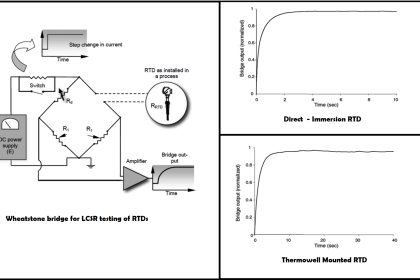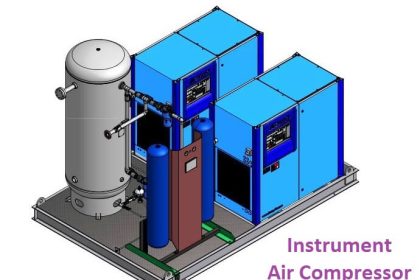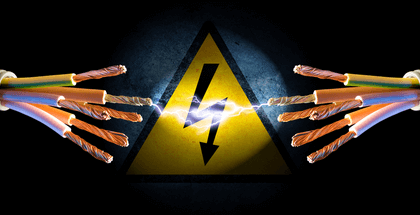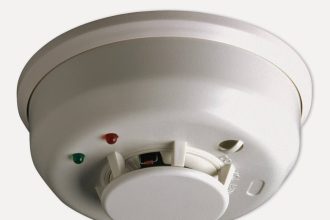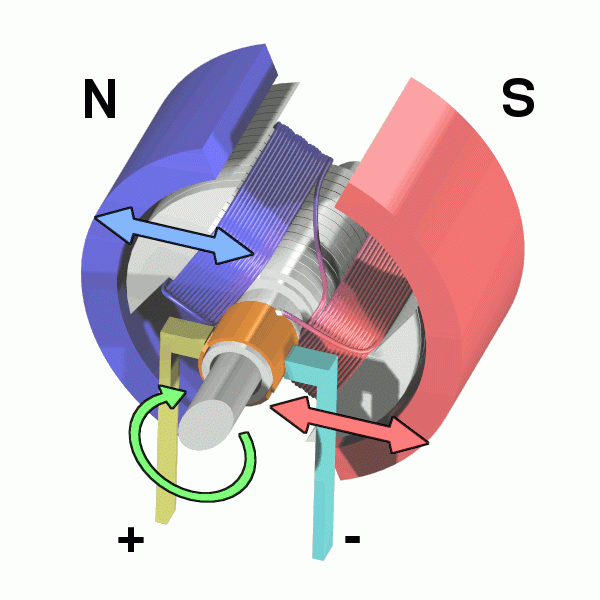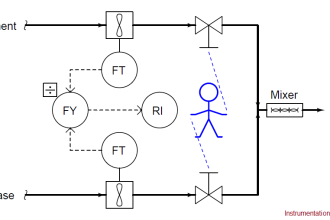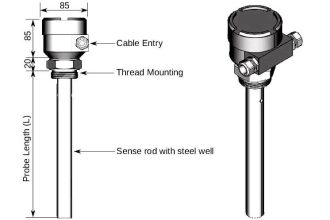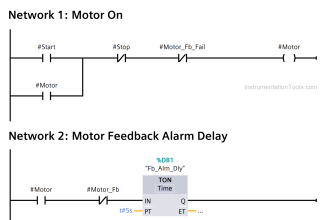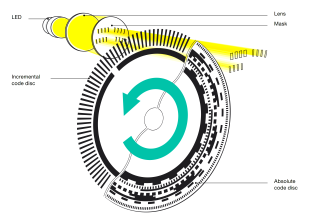Shock and vibration are among the worst enemies of any pressure sensor. They are also the hardest to identify, and even then it can be very difficult to rectify the problem and avoid breakages. Remember: a pressure sensor is a highly sensitive and accurate measuring device, designed to measure pressure by the amount of deflection (stress, bending) of the diaphragm.
Consider a simple application: pumping liquid through a pipe with a pressure sensor installed via a T-junction to control the pump pressure. While this sounds simple enough, when everything is made from heavy-duty materials in order to be rugged, the only sensitive component is the sensor. And as always, the weakest link will fail, even when the failure is caused by another component.
Not only can the sensor be subject to shock and vibration from the liquid in the pipe, but also from the pipework itself. This vibration might be generated by the pump, valves opening and closing etc, but it can all be picked up by the sensor.
Seeking a cure
Identifying the shock and vibration frequencies is very complex and expensive, as we also have to look for harmonics that can be just as powerful. Even with these tests carried out it can be difficult to identify the source, relate it to the sensor and find a solution to cure the problem.
Even from a faulty sensor it is difficult to establish whether the failure has been caused by overpressure or vibration, as both errors will result in damage to the diaphragm or strain gauges.
Not only is it necessary to eliminate vibrations and shock, but also to look at the application outside its normal use. Shock and vibration can be caused in many ways. These include starting up of a pump, valve start/stopping, using a hammer on the pipe to loosen a seal (maintenance/service), pipe removal, dropping a pipe on a concrete floor etc.
The actual shock and vibration spectra will vary for each application, and is very much a “suck it and see” situation to find the right mounting. It is of course always best to avoid shock and vibration. This can be done by fitting rubber suspensions, using bellows, fitting the sensor further away from the source, checking the mass of material where the sensor is to be mounted, fixing all pipe work firmly, mounting the source on a rubber mount etc.
Sometimes the problem can be cured by changing the pressure sensor range as a thicker or thinner diaphragms will provide a different frequency response.
Reading the specs
Pressure sensor manufacturers will normally give two specifications:
Shock resistance, which is the ability of the sensor to withstand environmental shock, and is specified as g’s peak (milliseconds).
Vibration resistance is normally specified to a known standard in terms of overall g’s ms = minimum.

